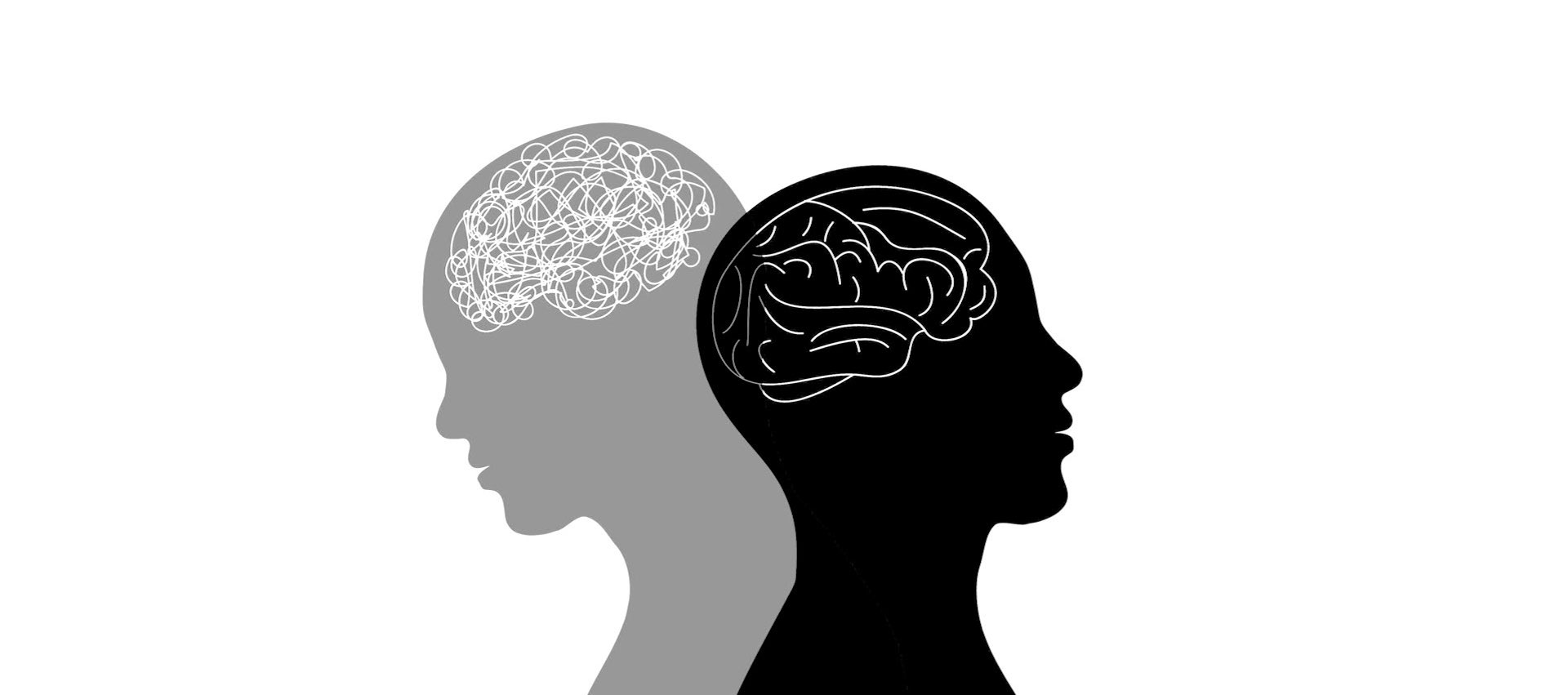Just 4 Steps to Begin Recovery
Unmasking the Power of Fear in Relationships
Fear, that insidious and deeply entrenched emotion, often lurks in the shadows, operating unnoticed and camouflaged by protective emotions. These daily companions, like Anger, Irritation, Frustration, Anxiety, Impatience, Sadness, Jealousy, Guilt, and Hate, play their roles, overshadowing the silent but pervasive influence of fear.
The Veil of Surface Emotions
Acknowledging these surface emotions becomes a crucial step in the journey of peeling back the layers to expose the core fear. These emotions aren’t solitary entities; they accumulate over time until they erupt as Anger, Sadness, or even Excitement—a subtle masking of deeper issues. This struggle is not unique; even many well-known comedians have faced similar emotional battles.
4 Steps To Reclaim Your Relationships
Embarking on the path to recovery and repairing relationships involves a simple yet profound assignment. Begin by observing the constant negative emotions you experience daily and follow these four steps:
Step 1: Note Each Negative Emotion Experienced Take a moment to jot down each negative emotion you encounter. Be honest with yourself, as this is the first step in unravelling the web of emotions.
Step 2: Identify the Environment Understand the surroundings in which these emotions surface. Environments can significantly impact our emotional responses, shedding light on potential triggers.
Step 3: Pinpoint the Triggering Situation Dig deeper into the situations that trigger these emotions. Identifying the root cause helps in formulating strategies to cope or address the source.
Step 4: Determine Who Triggered It In this crucial step, unravel the intricate web of emotions by determining who triggered the emotional response. This insight is pivotal in understanding the dynamics of your reactions.
Navigating Complex Emotional Cascades
Understanding that emotions often escalate, creating a crescendo effect, is vital. For instance, irritation may lead to frustration, which then intensifies into anger. Discerning where this emotional journey starts and ends are crucial to recognise if the recipient differs from the target.
Displacement and Unintended Targets
Recognize that emotions might be displaced and unintentionally directed at easier targets, like children. This unintended consequence can be observed through a week-long observation.
Guidance for the Journey Ahead
Stay tuned for upcoming posts that will delve further into navigating the intricate landscape of emotions, providing guidance and insights to support your journey towards healthier, more fulfilling relationships.

